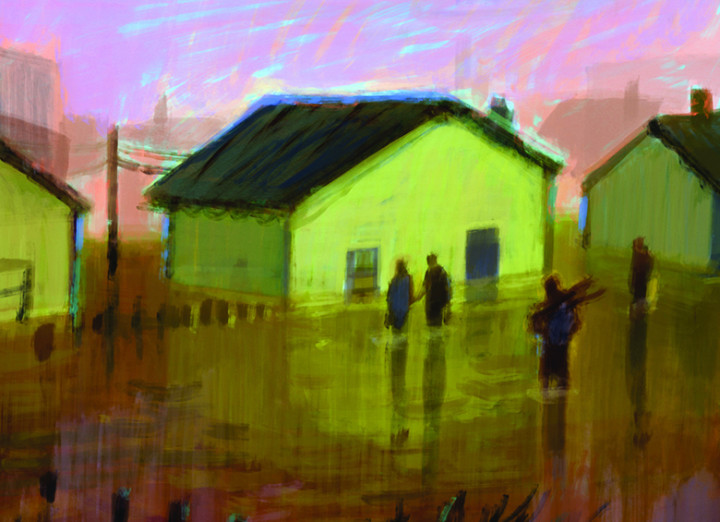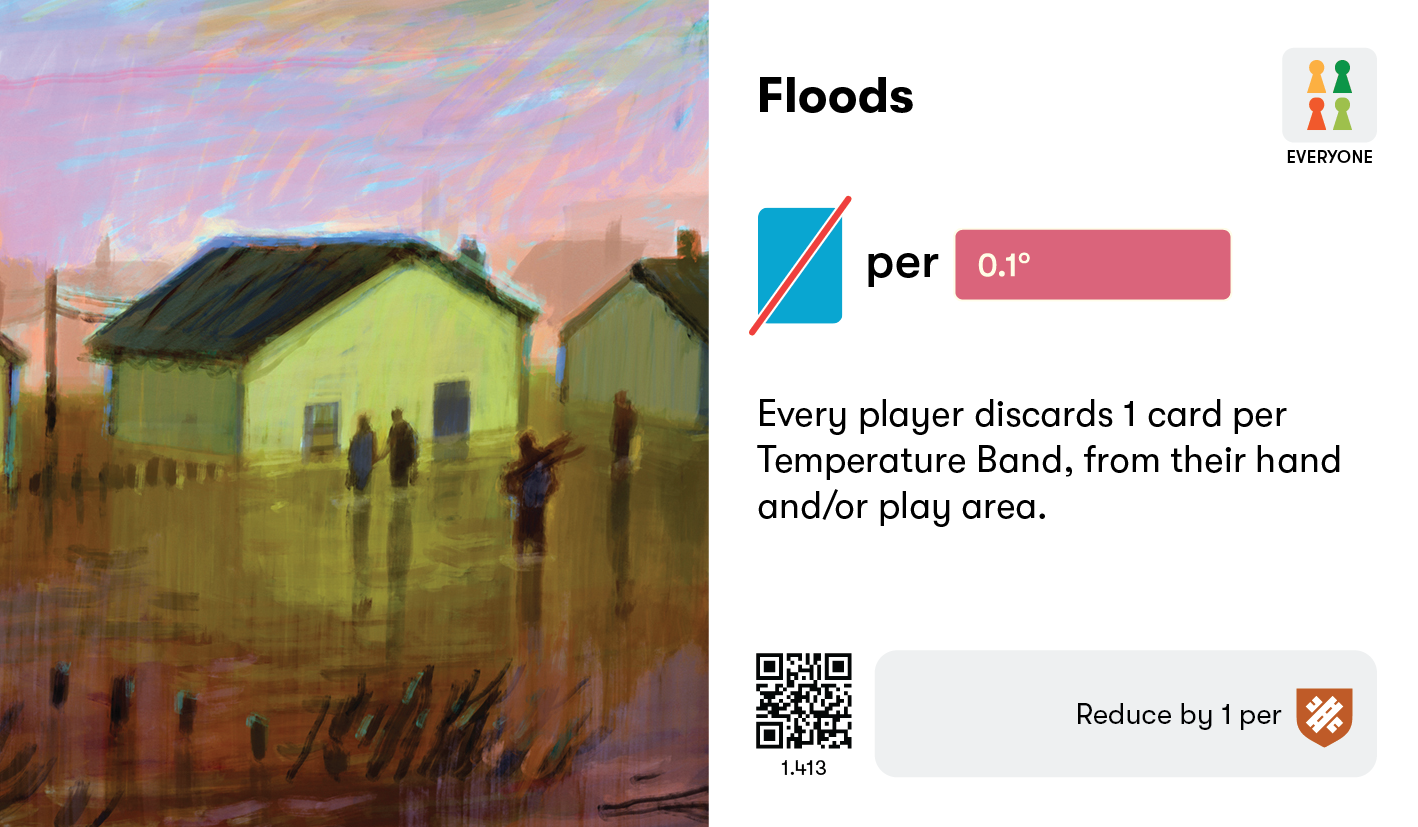Floods
Crisis
Floods occur when water overflows or inundates land that is normally dry. They are caused by a variety of factors, including heavy rainfall, snowmelt, and coastal storm surges.
Floods can occur anywhere in the world, but they are most likely to occur in coastal regions, river basins, urban areas, low-lying areas and areas with poor drainage – which prevents water percolation from runoffs. The frequency and severity of floods can also be influenced by climate factors such as El Niño and La Niña events. These can stimulate extreme weather patterns and heavy rainfall in certain regions. Floods are also made worse by paving over greenspaces and ponds, for example when constructing buildings and roads in flood zones.
Floods can affect everyone. They often cause damage to homes and property, farms, industries and businesses, and carry particular health risks for low income communities, who may be less able to avoid or recover from floods, elderly people and people who experience disabilities.
The climate emergency is changing rainfall patterns in some areas, increasing sea levels and altering snowmelt patterns. All of these changes can increase flood risk.
Well-established early warning systems can help reduce flood impacts. Natural flood management systems - such as woody dams, flood plains, marsh restoration and sustainable urban drainage systems - can help reduce flood risk while increasing biodiversity. In some cases ‘hard’ flood barriers like dams and river walls are necessary, but should be used as a last resort since they carry a carbon footprint and can affect local ecosystems.
Every player must discard 1 card per Temperature Band, from their hand and/or play area.
Players can reduce this effect by 1 for each Infrastructure Resilience token in their player board.
For example: 3 Temperature Bands – 2 Infrastructure Resilience = discard 1 card.
Cards discarded from the play area can come from anywhere in any stack, including the front card. If a player discards the front card from a stack, the action on the card directly beneath it becomes available.
Resilience tokens are not discarded.

Floods (WHO)
Floods (International Federation of Red Cross and Red Crescent Societies, IFRC)
Natural Flood Management (The Flood Hub)
Campaign for action by the authorities. Governments have a critical role to play in defending communities from floods, by setting up flood monitoring, mapping and alert systems; investing in natural flood risk management schemes and requiring flood risk to be considered in zoning, planning and development control policies.
Be aware of flood risks in your area and understand the likelihood of floods and the potential impacts.
Take steps to protect your property by elevating electrical systems and appliances, installing flood-resistant doors and windows, and storing important documents and valuables in waterproof containers.
Join community networks to support people affected by floods, such as homeless people, or people whose homes are damaged by flood impacts.